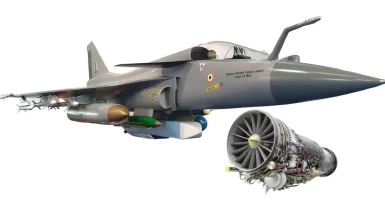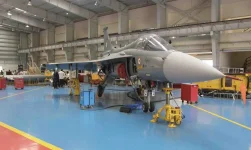- Views: 865
- Replies: 13

A recent Government Accountability Office (GAO) report has raised urgent concerns about the true combat readiness of the F-35 Lightning II fighter jet program.
Released in September 2023, the report illuminates a troubling discrepancy between the F-35's advertised capabilities and its potential operational limitations.
Metrics and Misconceptions
The heart of the problem lies in the Department of Defense's (DoD) definition of "mission capable." While this term might suggest an aircraft is fully combat-ready, the DoD's definition is far less stringent.An F-35 deemed mission capable may only need to demonstrate the ability to fly and perform a single mission—which could encompass non-combat duties like training or testing.
The GAO report highlights a more crucial metric: "full mission capable." This classification indicates an F-35's ability to execute all its intended combat missions.
The report reveals that the overall F-35 fleet falls drastically short of its program targets, with an estimated full mission capable rate of around 30%. Disturbingly, the situation is even more dire for the Marine Corps' F-35B variant, clocking in at a mere 15.5% full mission capability in March 2023.
Lingering Issues and Feature Creep
The report underscores persistent challenges within the F-35 program, such as unreliable engines and the detrimental effects of "feature creep." Feature creep, the continuous addition of new functionalities during development, often results in complexities and delays that impede achieving high full mission capable rates.Furthermore, the GAO report suggests that even when an F-35 achieves limited mission capable status for close air support missions, its design may not be inherently optimized for that demanding role. Experts contend that the F-35's characteristics may hinder its effectiveness in such combat scenarios.
Costly Questions
The GAO's findings raise severe questions about the F-35 program's ability to live up to its expensive promises.The F-35's immense cost, coupled with its low full mission capable rates and potential shortcomings for specific combat missions, demands a comprehensive reassessment of the program's true value and combat efficacy.


